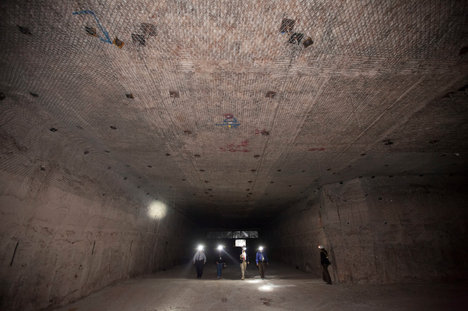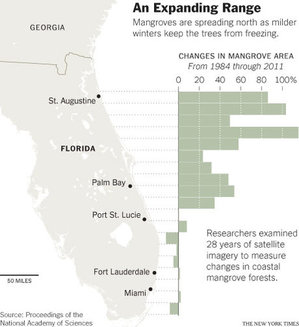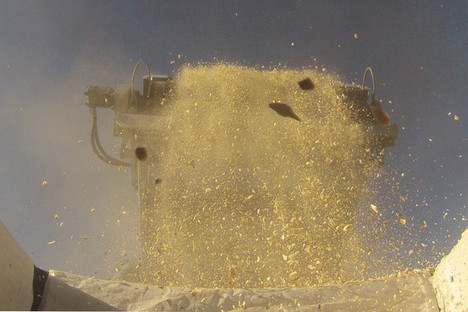 “Half a mile beneath the desert surface, in thick salt beds left behind by seas that dried up hundreds of millions of years ago, the Department of Energy is carving out rooms as long as football fields and cramming them floor to ceiling with barrels and boxes of nuclear waste. Metal walls are installed once a “panel” is filled with waste containers and backfilled with salt, shown during a tour of the mines at the Waste Isolation Pilot Plant in Carlsbad, New Mexico.” Source of caption and photo: online version of the NYT article quoted and cited below.
“Half a mile beneath the desert surface, in thick salt beds left behind by seas that dried up hundreds of millions of years ago, the Department of Energy is carving out rooms as long as football fields and cramming them floor to ceiling with barrels and boxes of nuclear waste. Metal walls are installed once a “panel” is filled with waste containers and backfilled with salt, shown during a tour of the mines at the Waste Isolation Pilot Plant in Carlsbad, New Mexico.” Source of caption and photo: online version of the NYT article quoted and cited below.
(p. A9) CARLSBAD, N.M. — Half a mile beneath the desert surface, in thick salt beds left behind by seas that dried up hundreds of millions of years ago, the Department of Energy is carving out rooms as long as football fields and cramming them floor to ceiling with barrels and boxes of nuclear waste.
The salt beds, which have the consistency of crumbly rock so far down in the earth, are what the federal government sees as a natural sealant for the radioactive material left over from making nuclear weapons.
The process is deceptively simple: Plutonium waste from Los Alamos National Laboratory and a variety of defense projects is packed into holes bored into the walls of rooms carved from salt. At a rate of six inches a year, the salt closes in on the waste and encapsulates it for what engineers say will be millions of years.
. . .
Some people despair of finding a place for what officials call a high-level nuclear “repository” — they shy away from “dump” — but Allison M. Macfarlane, a geologist who is chairwoman of the Nuclear Regulatory Commission and who served on a presidential study commission established after the Yucca plan was canceled, said WIPP proves it can be done.
“The main lesson from WIPP is that we have already developed a geologic repository for nuclear waste in this country, so we can in the future,” she said.
For the full story, see:
MATTHEW L. WALD. “Nuclear Waste Solution Seen in Desert Salt Beds.” The New York Times (Mon., FEB. 10, 2014): A9-A10.
(Note: ellipsis added.)
(Note: the online version of the story has the date FEB. 9, 2014.)









